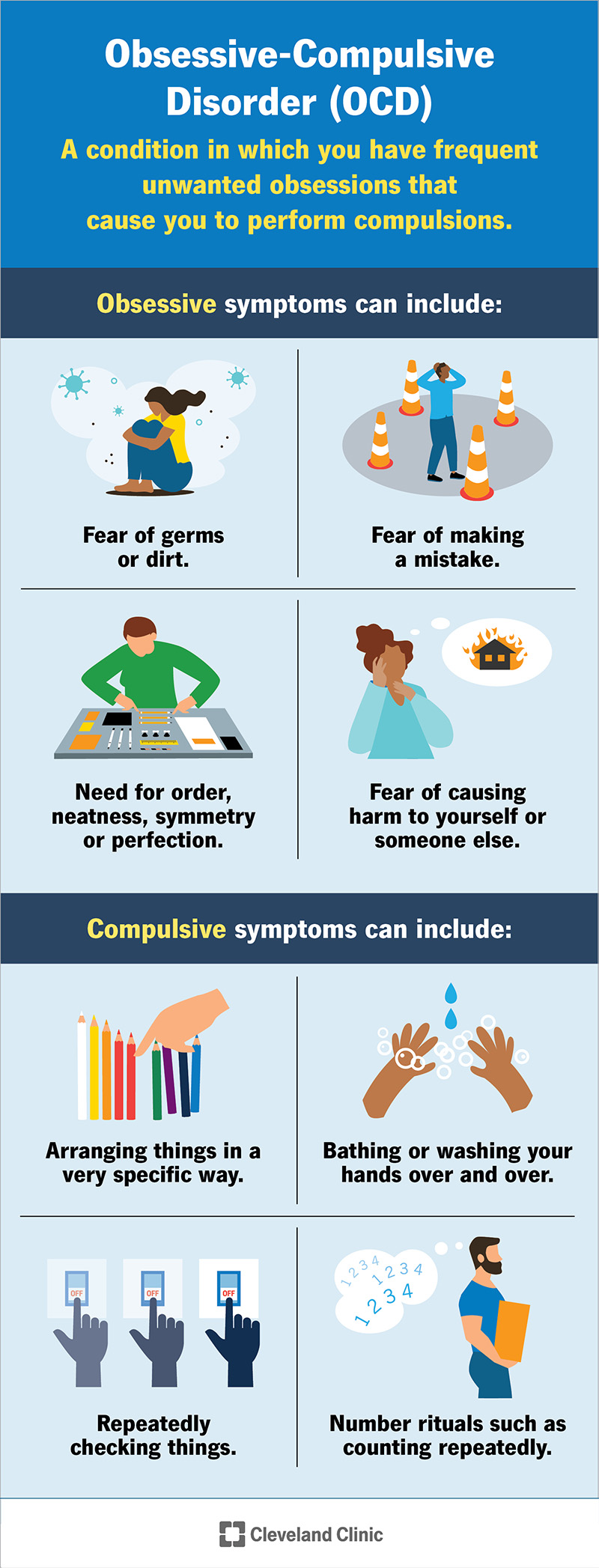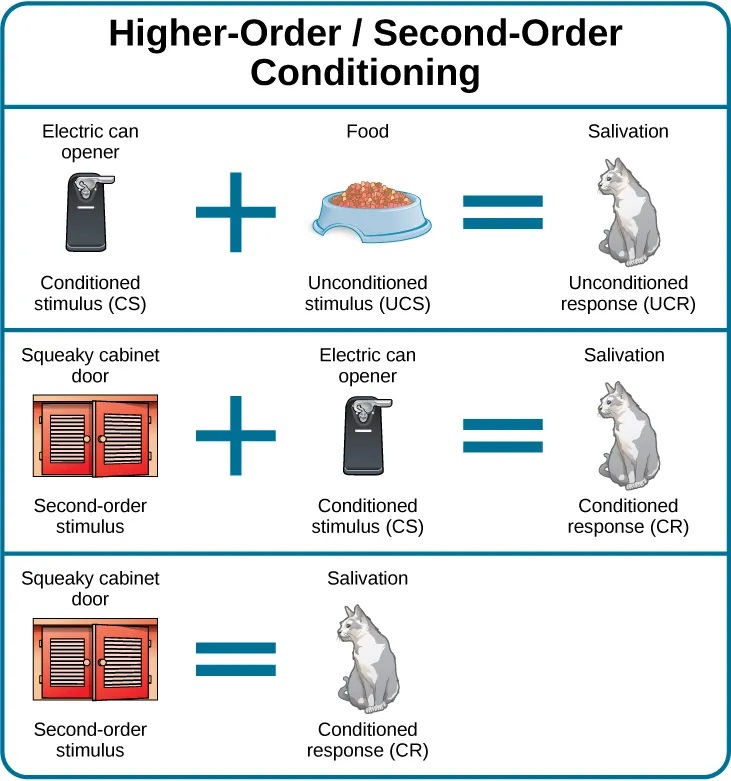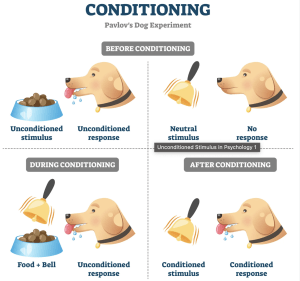Observational learning, also known as social learning or vicarious learning, is a psychological process through which individuals acquire new knowledge, skills, or behaviors by observing others. It plays a significant role in human development, education, and socialization. By observing others, individuals can learn from their actions, outcomes, and the consequences they face. This form of learning can occur consciously or unconsciously and can be applied in various contexts, such as parenting, education, and even everyday life situations.
Let’s dive into a story that illustrates the application of observational learning techniques. Imagine you’re a high school student named Alex, who enjoys playing the guitar. You have a passion for music and aspire to become a skilled guitarist. However, you feel that you’ve hit a plateau in your progress and are in dire need of inspiration and guidance.
One evening, you attend a local music concert featuring a renowned guitarist named Eric. As you watch Eric perform on stage, you are captivated by his skillful techniques, mesmerizing melodies, and the way he effortlessly connects with the audience. Intrigued and motivated, you decide to use observational learning to enhance your own guitar-playing abilities.
After the concert, you approach Eric and express your admiration for his talent. To your surprise, he warmly offers to give you a few pointers. Excitedly, you accept his offer and arrange to meet him for a guitar lesson.
During the lesson, you carefully observe Eric’s every move. You watch his fingers glide across the strings, his precise timing, and his unique playing style. You pay close attention to his body posture, hand positioning, and strumming techniques. In addition, you observe how he interacts with the instrument, using various effects pedals and creating captivating sounds
Armed with your newfound knowledge, you return home and begin to practice, emulating Eric’s techniques. You spend hours honing your skills, imitating his finger placements, and striving to replicate his musicality. Over time, you notice improvements in your own playing. Your fingers become more nimble, your chords sound cleaner, and your melodies flow with greater fluidity.
Through this process of observational learning, you not only acquire technical skills but also develop a deeper understanding of musical expression. You learn to infuse emotion into your playing and experiment with your own unique style, while still drawing inspiration from Eric’s teachings.
Months later, you have an opportunity to perform at a local talent show. As you take the stage, you reflect on your journey and how observational learning has transformed your guitar playing. With each note you play, you captivate the audience, showcasing your own musical voice combined with the techniques you learned through observation.
In this story, you effectively utilized observational learning techniques to enhance your guitar-playing abilities. By closely observing Eric’s skills and emulating his techniques, you expanded your repertoire and developed your own unique style. This narrative highlights the power of observational learning in acquiring new skills and the importance of finding mentors or role models who can inspire and guide us on our journey of personal growth and development.



